Neuroscience
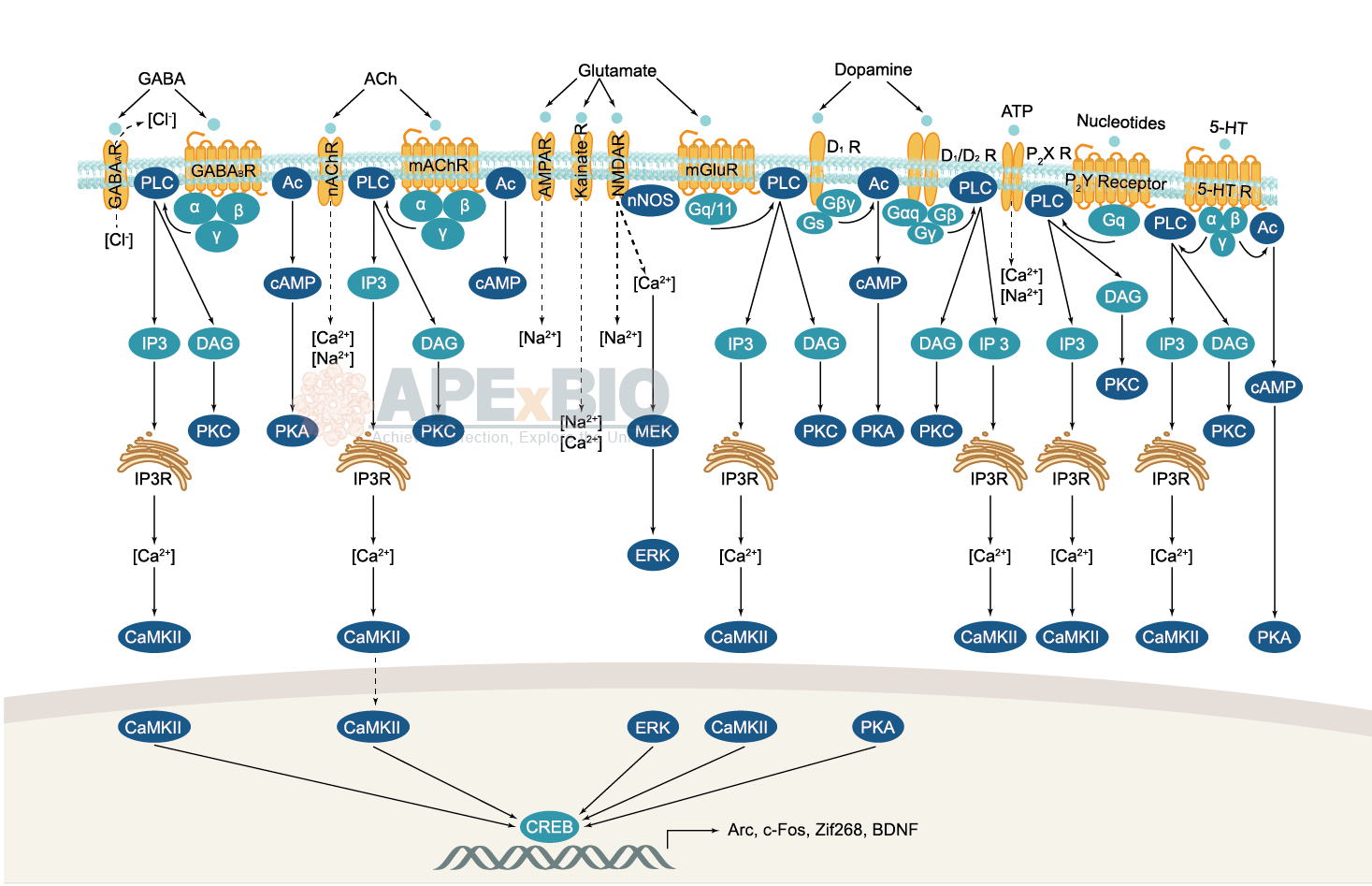
Neurotransmitter receptors function via various G-protein coupled and G-protein independent mechanisms that activate downstream intracellular signaling pathways such as cAMP/PKA, PI3K/AKT, phospholipase A2, and phospholipase C pathways. For instance, dopamine receptors act through adenylate cyclase to activate PKA and other signaling molecules, thereby mediate gene expression through the actions of CREB and other transcription factors. Other neurotransmitters such as NMDAR or AMPAR are associated with ion channels that control flux of Ca2+ and Na+, thus propagating the action potential across the post-synaptic neuron.
Dysfunctions in GABAergic/glutamatergic/serotonergic/dopaminergic pathways result in a broad range of neurological disorders such as chronic pain, neurodegenerative diseases, and insomnia, as well as mental disorders including schizophrenia, bipolar disorder, depression, and addiction.
-
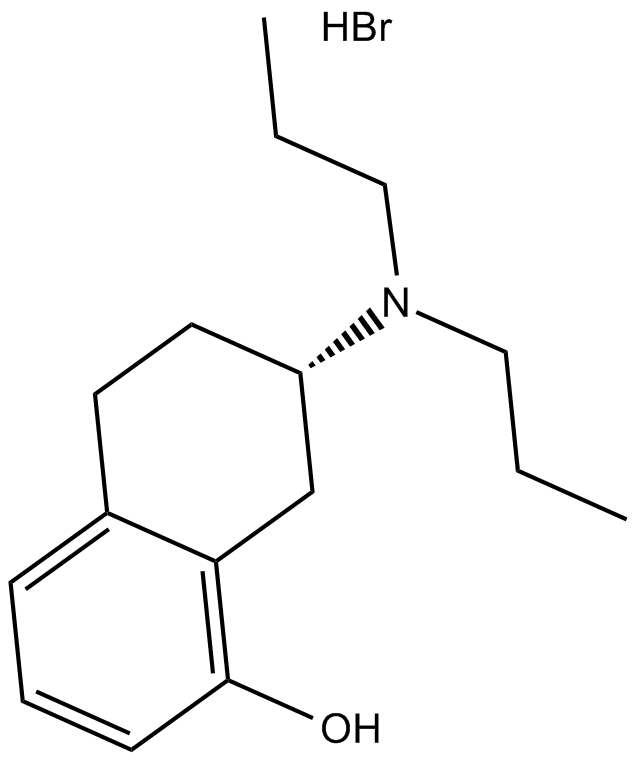 B6337 8-Hydroxy-DPAT hydrobromideTarget: 5-HT1 ReceptorsSummary: 5-HT1A agonist
B6337 8-Hydroxy-DPAT hydrobromideTarget: 5-HT1 ReceptorsSummary: 5-HT1A agonist -
 B6338 W-84 dibromideSummary: M2-receptor selective modulator
B6338 W-84 dibromideSummary: M2-receptor selective modulator -
 B6349 NAN-190 hydrobromideSummary: 5-HT1A antagonist
B6349 NAN-190 hydrobromideSummary: 5-HT1A antagonist -
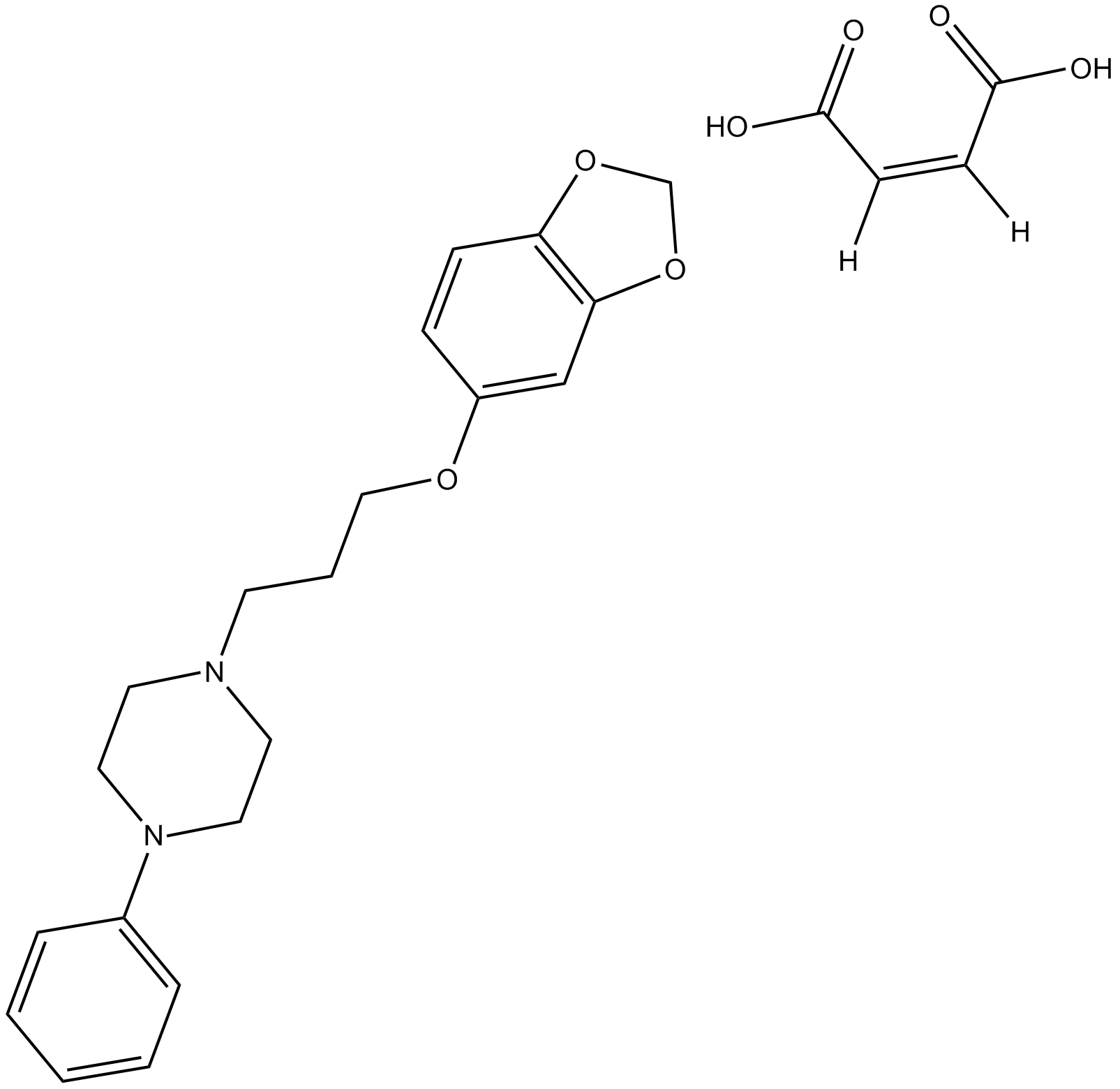 B6351 BP 554 maleateSummary: Selective 5-HT1A agonist
B6351 BP 554 maleateSummary: Selective 5-HT1A agonist -
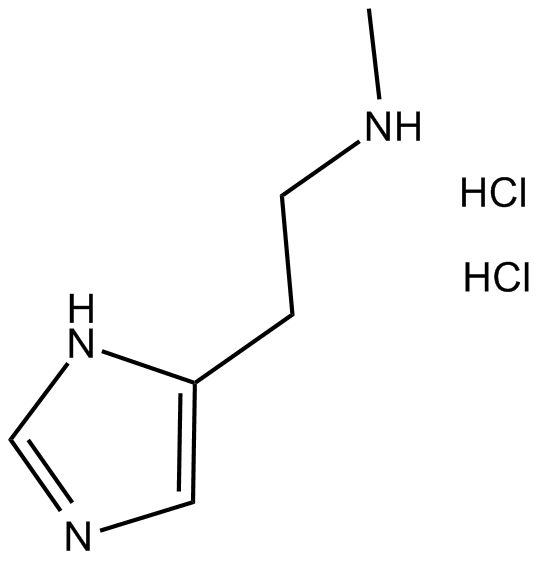 B6357 Nα-Methylhistamine dihydrochlorideSummary: histamine H3 receptor agonist
B6357 Nα-Methylhistamine dihydrochlorideSummary: histamine H3 receptor agonist -
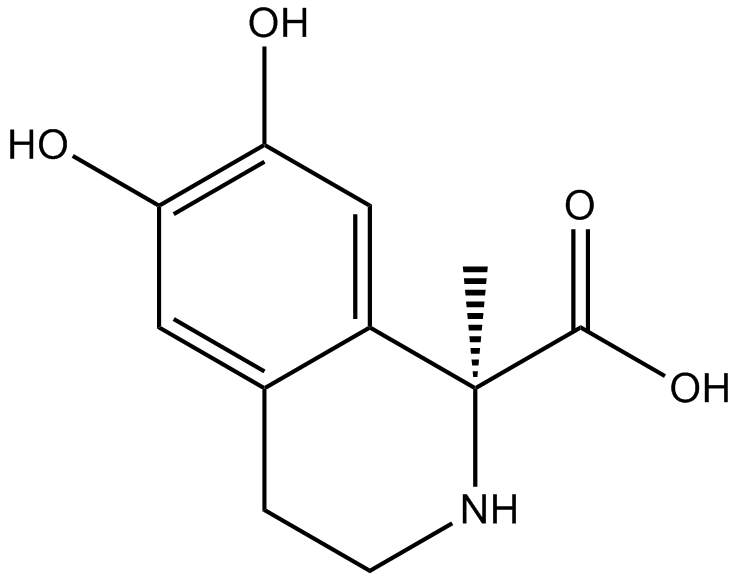 B6387 Salsolinol-1-carboxylic acidSummary: amino acid that occurs naturally in the CNS
B6387 Salsolinol-1-carboxylic acidSummary: amino acid that occurs naturally in the CNS -
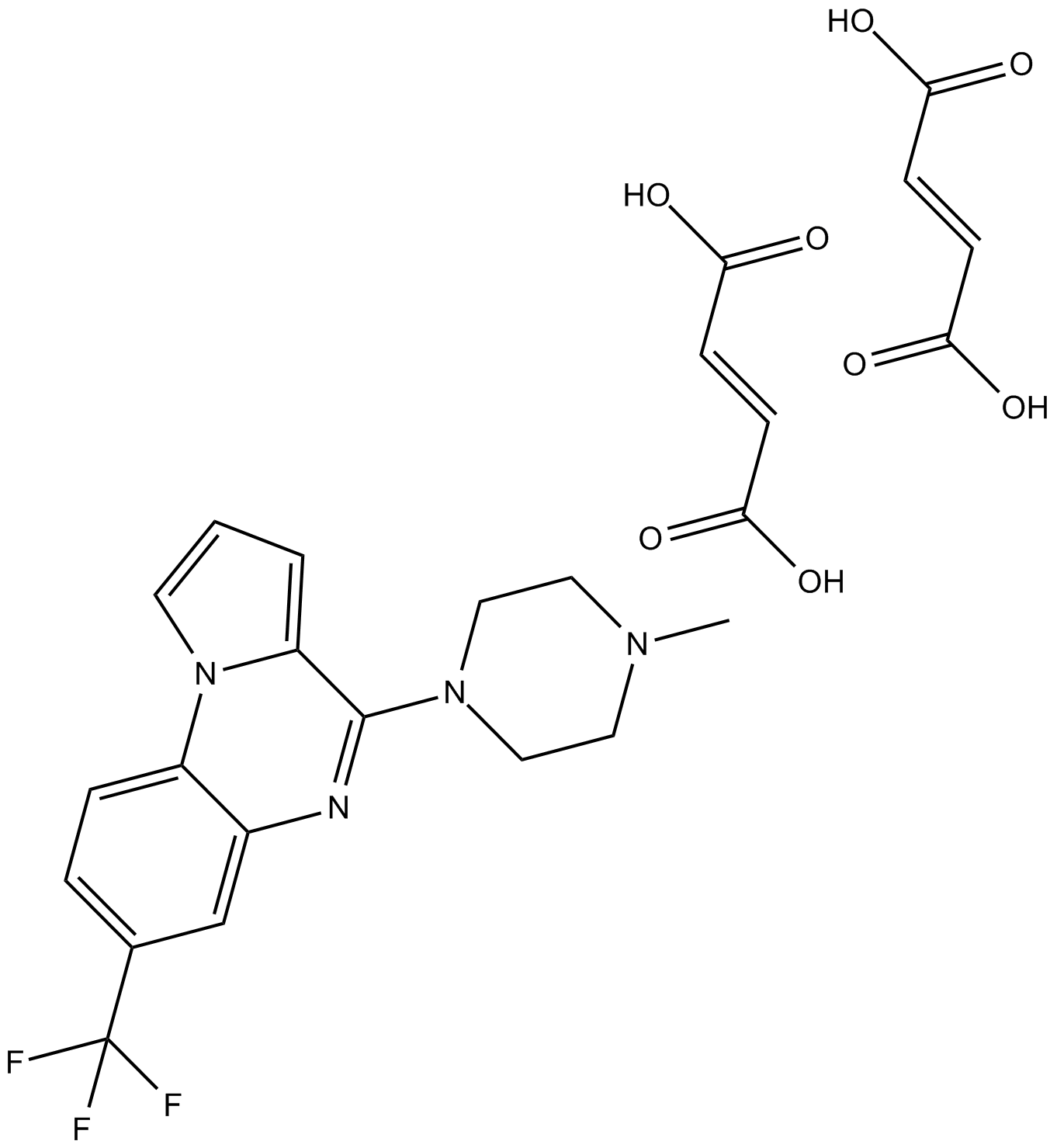 B6388 CGS 12066B dimaleateSummary: 5-HT1B full agonist
B6388 CGS 12066B dimaleateSummary: 5-HT1B full agonist -
 B6390 ThioperamideSummary: histamine H3 and H4 antagonist/inverse agonist
B6390 ThioperamideSummary: histamine H3 and H4 antagonist/inverse agonist -
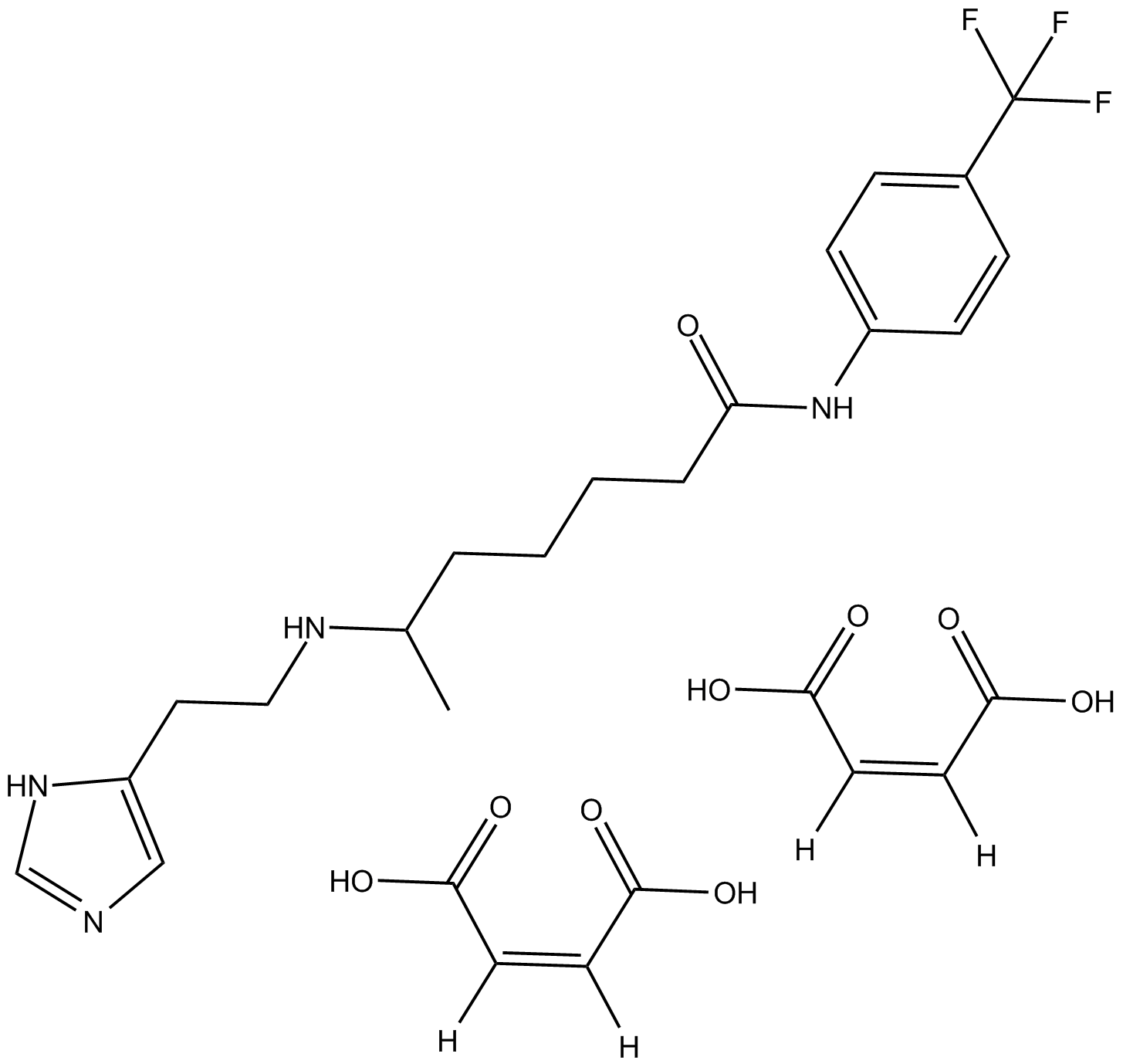 B6392 HTMT dimaleateSummary: H1 and H2 receptor agonist
B6392 HTMT dimaleateSummary: H1 and H2 receptor agonist -
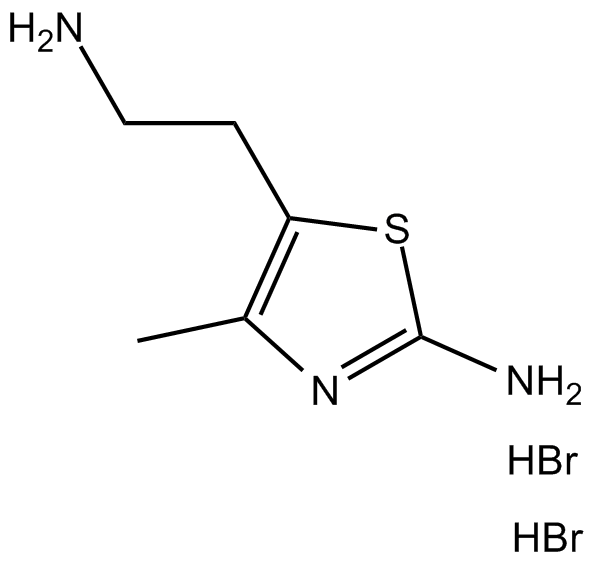 B6400 Amthamine dihydrobromideSummary: H2 agonist
B6400 Amthamine dihydrobromideSummary: H2 agonist

